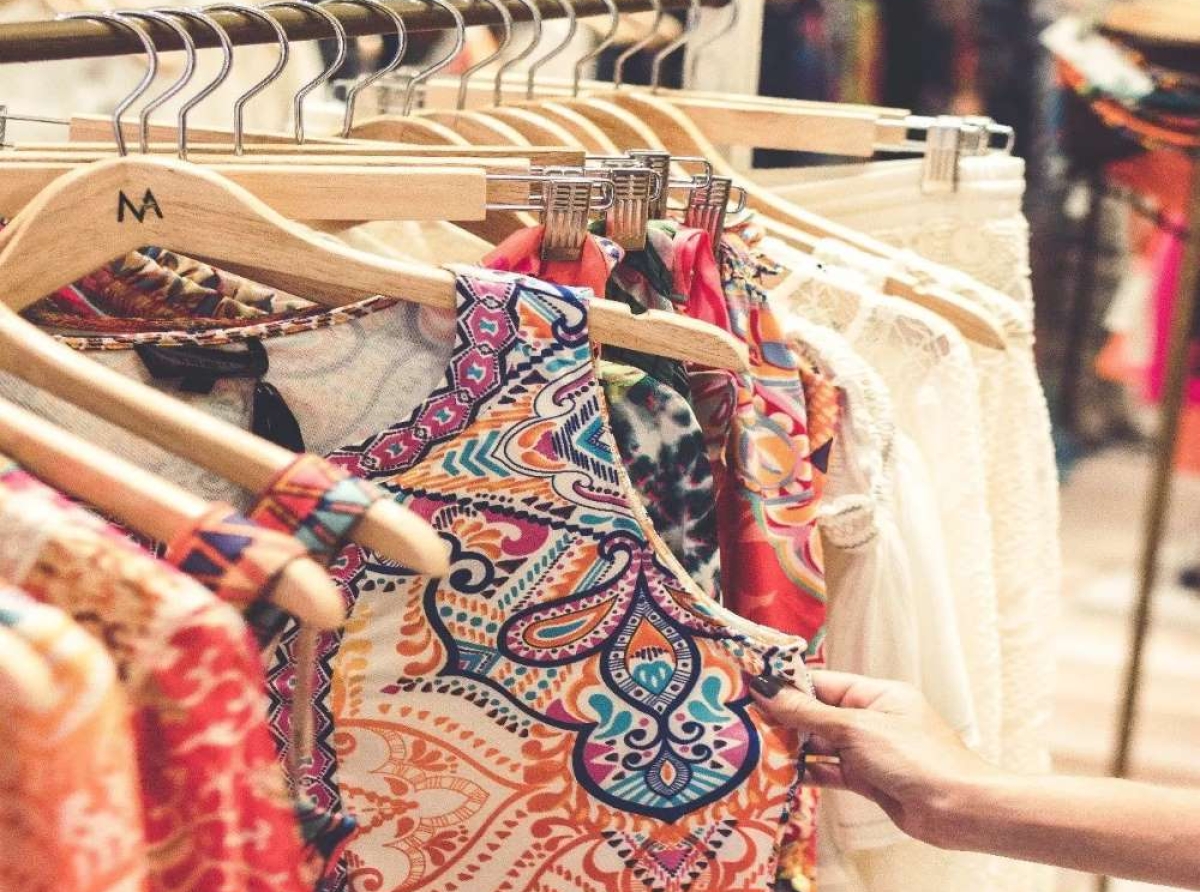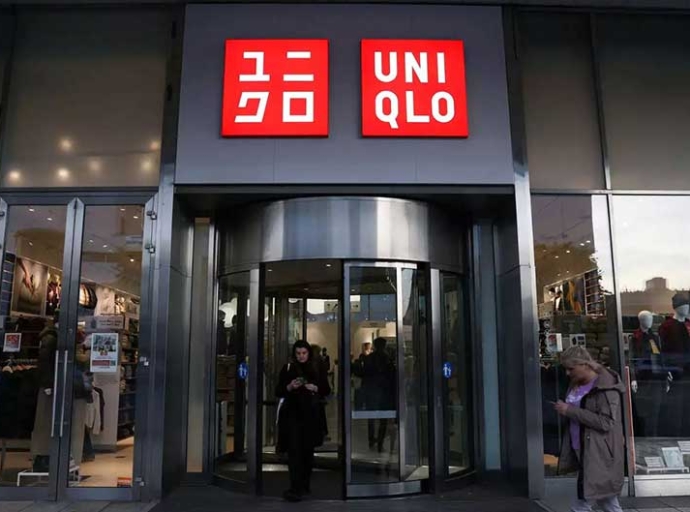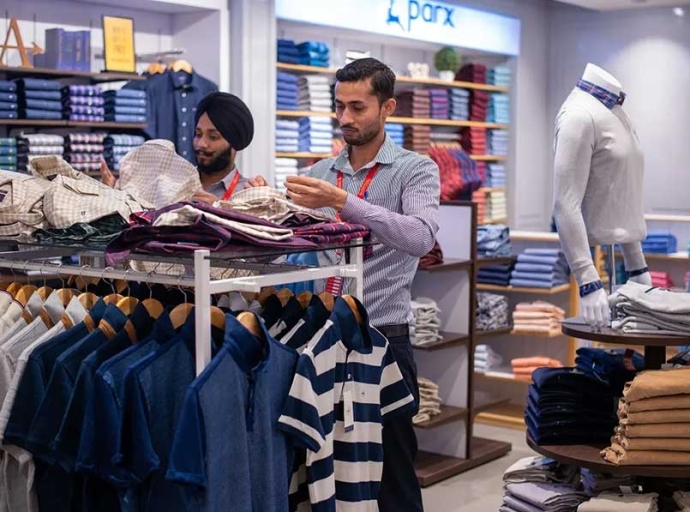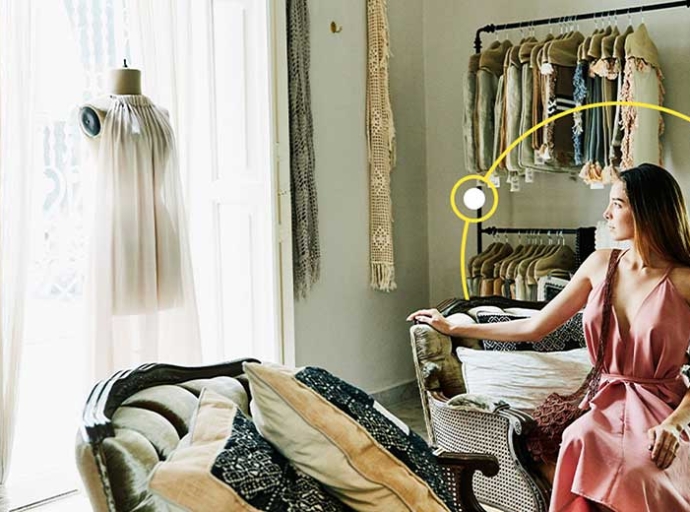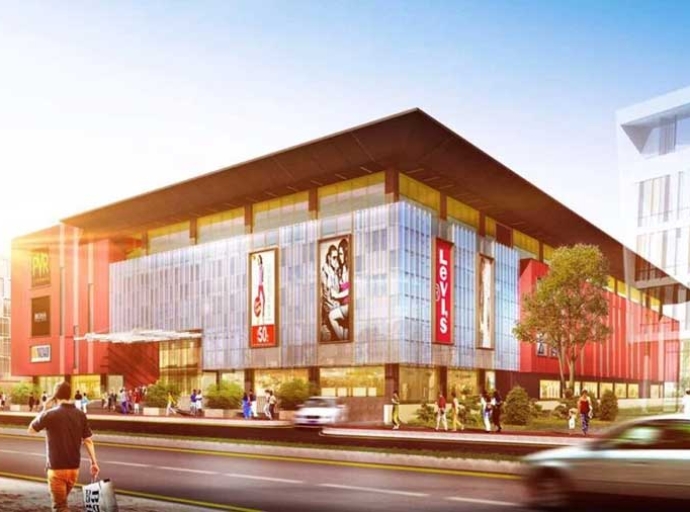Western fashion has long held a dominant position on the global stage, but is the tide turning? But are Western brands overpowering ethnic garments in different parts of the world? The answer, like a well-tailored suit, is not a simple one.
Western wears global reach
Western wear's global reach can be attributed to several factors, according to a McKinsey & Company report. Its focus on comfort and casual styles resonates with a younger, globalized generation. Additionally, aggressive marketing campaigns and widespread availability through large retail chains fuel their growth. Affordability, mass production too has boosted the growth of Western brands, particularly in developing nations. Consumers are often drawn to the perceived "modernity" associated with Western styles
However, ethnic garments are experiencing a resurgence driven by a growing sense of cultural identity. A Euromonitor International report highlights the rise of "national pride" clothing, particularly in emerging economies. Consumers connect with heritage and tradition through locally-made garments. Moreover, ethnic wear often boasts intricate designs, high-quality materials, and traditional craftsmanship, attracting consumers seeking individuality and a connection to artisanal practices.
Despite the global strength of Western brands, regions like South Asia and Southeast Asia continue to witness a thriving ethnic garment market. The Indian ethnic wear market is expected to reach $72.7 billion by 2023, driven by factors like festive occasions, weddings, and a growing preference for sustainable, hand-crafted clothing.
The brand factor
Brands play a crucial role. Western brands are increasingly incorporating ethnic elements into their designs, blurring the lines. “We're seeing a fusion trend,” says leading fashion analyst, Marie Laveau. “Global brands are using ethnic prints and motifs to cater to a wider audience.” These brands leverage celebrity endorsements, influencer marketing, and social media trends to create a sense of aspiration and community around their products.
However, strong ethnic brands are also emerging. Anita Dongre, a renowned Indian designer, emphasizes, "Luxury and heritage can co-exist. We're showcasing Indian craftsmanship to a global audience." Ethnic brands that focus on quality, innovation, and cater to a modern aesthetic are carving a niche in the international market.” Ethnic wear focus more on storytelling, highlighting the cultural significance and heritage of their garments. Ethnic designers are keeping traditions alive while adapting them to contemporary tastes. “We need to reinterpret heritage for the modern world,” says Senegalese designer, Aisha Sy. “By using traditional techniques and fabrics in contemporary silhouettes, we can make ethnic wear relevant to a global audience."
The bottomline is, the future of fashion lies in a harmonious blend. Western brands can learn from the rich heritage of ethnic clothing, while ethnic designers can leverage modern trends to reach a wider audience. Ultimately, consumers benefit from a diverse range of options, ensuring the world's fashion tapestry remains vibrant and ever-evolving.
Latest Publications


